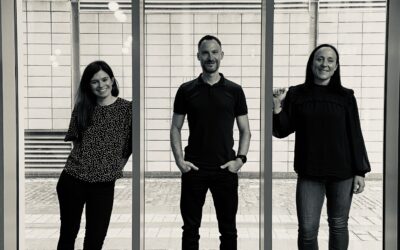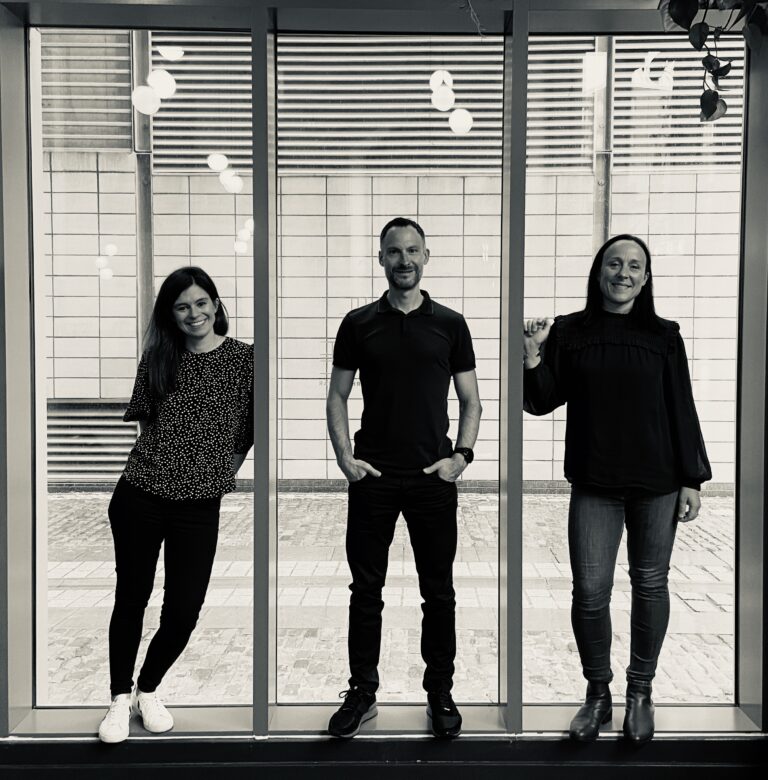Most proactive businesses began 2020 with a vision of the future and a strategy designed to enable them to compete effectively in that world, writes Steve McCarron Co-Founder and Strategy Director of The Planning Department.
As we move into the post-lockdown phase, these visions and strategies need to be reviewed. This is because many of the underlying customer behaviours and attitudes underpinning those strategies have changed.
Every brand therefore now needs to do 2 things:
- Understand which of their customers’ attitudes and behaviours have changed; and then
- Adjust their strategy so that it is fit for purpose
In this – part 1, I’ll talk about the first of these – diagnosing what has changed, and specifically how taking a ‘cognitively diverse’ approach can help you succeed.
The reason why Cognitive Diversity is so important to success is because the challenge of judging and understanding change is so complex and difficult. Strategists need to interrogate how attitude and behaviours have shifted, whilst simultaneously guarding against the perils of ‘overestimation bias’.
Mark Ritson one of marketing’s most credible thinkers is an advocate of guarding against overestimation bias. As an example, he points to the BSE health crisis in the 90s where most pundits were predicting the demise of the meat industry, whilst the public were shunning the Great British Roast. However, the doomsayers were proven wrong. I was a junior planner at the time working on the British Meat account at DDB, and by 2001 I was plotting graphs showing how meat consumption had bounced back and surpassed pre-BSE levels. It’s a cautionary tale that reminds us not to fall into the overestimation trap.
However, there is also a second dynamic at play here, which means that we are likely to see more long term change than we ordinarily would following a significant event. Lockdown is unique because in effect it has been a prolonged behavioural experiment for the entire nation. That definition is important for three reasons – firstly, people have been forced into adopting new behaviours, secondly, they’ve had to trial these behaviours for a prolonged period (3 months), and thirdly they have adopted them alongside every other person (and therefore bringing social norming into play). The science of behaviour change tells us that for new long-term behaviours to establish, the following conditions are important: i) a moment of life change which causes reappraisal ii) actually trialling the new behaviour (rather than talking/thinking about it) and iii) building that behaviour into the daily routine (so that it becomes habitual rather than exceptional). That’s what makes lockdown interesting and potentially exempt from the usual extremities of overestimation bias – because these conditions all exist.
So, how do we work out how behaviours and attitudes will settle as we move through the rest of 2020 and into 2021? It is our belief that we need to encourage Cognitive Diversity.
Given the complexity of the modern world, single individuals and homogenous teams are ill-placed to grasp the multi-faceted nature of the dynamics involved and return with the best quality answers. It is therefore important to invite outside perspectives into the diagnosis, and to encourage multiple ideas about what the future could look like.
Furthermore, we heighten our chances of discovering the best solution when diverse teams are encouraged to generate multiple and diverse ideas for what the future could look like.
At The Planning Department, we believe there are a number of practical things we can do to make sure this idea of ‘cognitive diversity’ is at the heart of our approach to problem solving. We call this approach ‘Outside-in Thinking’, and share some of the principles here:
Make sure the client team is diverse
Homogenous teams of people who share the same background and skills can miss vital insights and ideas around how to solve the problem.
‘Outside-in Thinking’ involves convening teams of diverse problem solvers, who have different expertise, experience and insights from across the organisation.
This means looking beyond marketing and sales to other less obvious but relevant departments within the organisation and consulting with a breadth of relevant stakeholders to gain vital upfront input into the direction of a project.
Bring the customer into the debate
Marketers have always used research in order to help them predict how actual consumers would respond to their ideas. We believe that the importance of research is more nuanced than this. Consumer research in isolation is not enough to enable marketers to make smart decisions. It is only when research is combined with experience and other perspectives that the best judgments can be made. The real value of research is in bringing a diverse, non-corporate view to the debate which delivers diversity and clarity to the discussion. We therefore aim to build as much diversity as possible into how we recruit for qualitative research, in order to capitalise on these effects.
Ensure every voice is heard
It is not enough to have diverse teams. Dominant hierarchies in organisations not only suppresses new thinking, because people are reluctant to share their views, but risk organisations not making optimum decisions because employees seek to corroborate the opinion of a dominant leader.
That’s why at TPD we ensure every voice is heard, and use tools and techniques at each stage of the strategic development process and in research to capitalise on individual thinking and bring this to the fore.
Invite experts from your domain
We’re always amazed at how marketing teams ignore the voices of relevant experts in their fields when looking for insight.
No matter what business you are in, there will always be an expert who has invested literally years in studying the subject, or writing a book to explore it. We therefore look to identify these expert voices and represent them in the strategy process. Ideally personal involvement is best, but their insights can often be curated through reading their work and exhibiting their insights during the process.
Pursue insight from outside as well as inside the category
As well as knowing your own market environment, seeking inspiration from brands which have solved similar problems, albeit in a different category, can often reveal a new direction to consider, as can looking at the cultural or historical context of a brand or challenge.
At TPD we always bring out-of-category thinking and broader perspectives into the discussion to help shed new light on a challenge.
Visualise diversity
Once you have curated this diversity of insight and perspective, it is extremely powerful to visualise it to so that you can analyse it side by side.
At TPD, sharing ideas to generate new possibilities is key to our approach. We work to create stimulus for workshops which showcase the diverse perspectives we have invited into the process in order to stimulate the debate and problem solving process.
Develop multiple scenarios / ideas
Finally, cognitively diverse teams need to be encouraged to generate multiple, and diverse ideas for what the future could look like. There is a well-known bias in ideation whereby problem solvers cling to the first good solution they generate. Of course this can be limiting – who knows whether there may have been an even better answer if we had stayed open-minded? That’s why we believe it is important to create strategy methodologies that create multiple points of view (scenarios) that can be considered alongside each other
The priority facing all businesses now is to establish what fundamental changes have occurred in their category, so that strategy can be adjusted.
We believe it is though bringing the outside in, and embracing cognitive diversity that we are best able to make judgments around what these changes will be.
Once your view of change is in place, then your strategy needs to be reviewed accordingly. Again, by embracing diverse perspectives you’ll get to better quality answers. We’ll consider how best to approach this stage in our next post – part II.
Until then, now is the time to open up to outside perspectives, get back on the front foot and to capitalise on the change!











